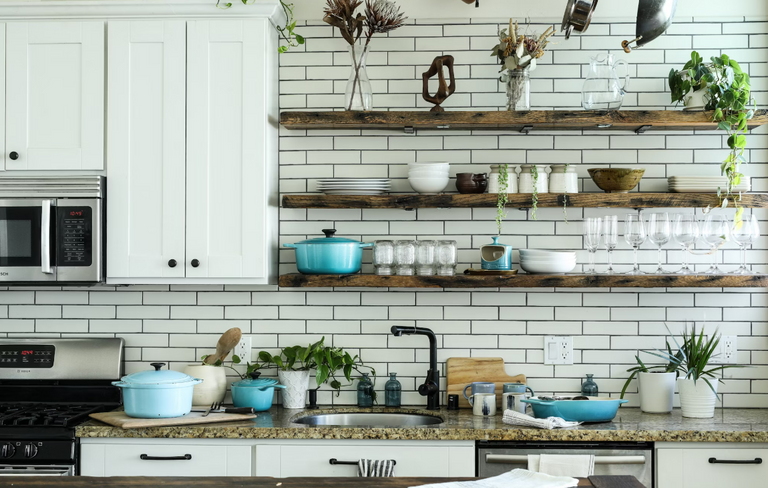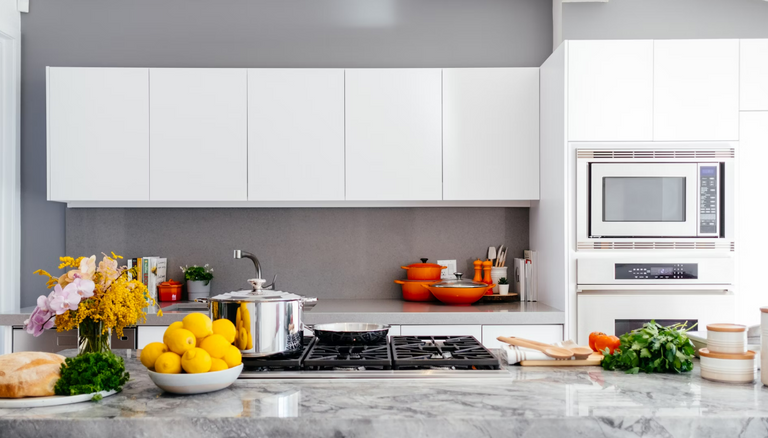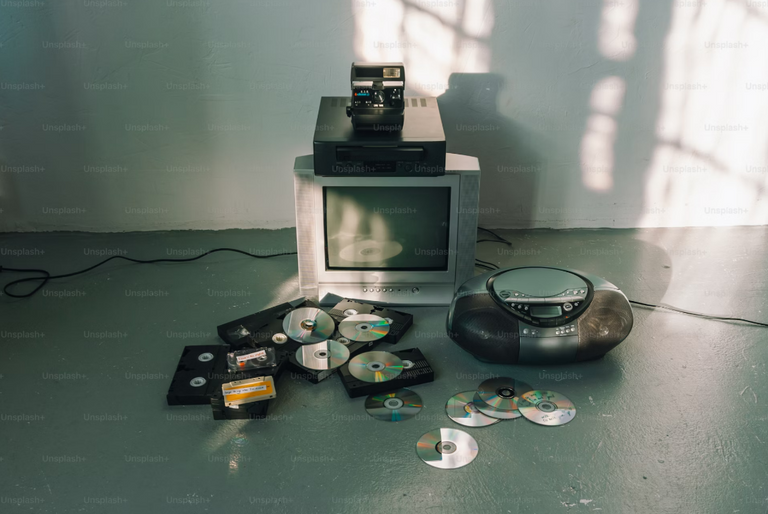In an age of instant meals and fast food, there’s something magical about the art of slow cooking. The process transforms tough cuts of meat into tender bites, infuses stews with deep flavor, and fills your home with irresistible aromas. Whether you’re using a slow cooker, Dutch oven, or low-temperature oven roasting, slow cooking is more than a technique—it’s a celebration of patience and flavor.
What is Slow Cooking?
Slow cooking involves cooking food at low temperatures over an extended period, often between 6–10 hours. The gentle heat breaks down fibers in ingredients like meat and vegetables, enhancing their natural flavors and textures.
This method is perfect for:
- Braised dishes (like short ribs or coq au vin)
- Soups and stews
- Pulled meats (pork, beef, or chicken)
- Beans, lentils, and hearty grains
Why Slow Cooking Works
Maximizes Flavor:
The extended cooking time allows spices and herbs to deeply penetrate ingredients, creating complex flavors.Tenderizes Tough Cuts:
Tough cuts of meat, like brisket or chuck roast, are high in collagen. Slow cooking breaks collagen down into gelatin, giving the meat a melt-in-your-mouth texture.Preserves Nutrients:
Unlike high-heat cooking methods, slow cooking retains more vitamins and minerals, especially in vegetables.Hands-Off Convenience:
After minimal prep, you can let the pot work its magic while you focus on other things.Cost-Effective:
Slow cooking is perfect for budget-friendly ingredients. Cheaper cuts of meat and pantry staples shine in this cooking method.
Tips for Mastering Slow Cooking
Layer Ingredients Strategically:
Place harder ingredients (like root vegetables) at the bottom of the pot since they take longer to cook.Don’t Overdo Liquid:
Unlike stovetop cooking, slow cookers don’t evaporate much liquid. Start with less and adjust later.Brown Your Proteins First:
For an added layer of flavor, sear meats before adding them to the slow cooker. It’s an extra step but worth it!Use the Right Spices:
Whole spices and dried herbs work better than fresh ones, as they release flavors gradually over time.Timing Matters:
Avoid overcooking delicate ingredients like dairy or seafood. Add these toward the end of cooking.
Slow Cooking Recipes to Try
Classic Beef Stew:
Combine cubed beef, carrots, potatoes, onions, garlic, beef broth, and herbs for a hearty, soul-warming meal.Pulled Pork Sandwiches:
Slow-cook a pork shoulder with BBQ sauce, onions, and spices until it’s fork-tender. Serve on buns with coleslaw.Vegetarian Chili:
Use beans, lentils, diced tomatoes, bell peppers, and a mix of smoky spices for a satisfying meat-free dish.Coconut Chicken Curry:
Chicken thighs, coconut milk, curry paste, and vegetables simmered together create a creamy, flavorful curry.French Onion Soup:
Slowly caramelize onions with butter, beef broth, and thyme, then top with crusty bread and melted Gruyère.
The Science Behind Slow Cooking
When you slow cook:
- The Maillard reaction (browning) intensifies flavors if you sear meat first.
- Collagen turns into gelatin, enriching the dish with a luxurious texture.
- Caramelization of vegetables brings out their natural sweetness.
The Slow Cooker vs. Dutch Oven Debate
- Slow Cooker: Perfect for busy lifestyles, as it cooks unattended. It’s energy-efficient and great for one-pot meals.
- Dutch Oven: Offers a rich, smoky flavor, especially when used in the oven. It allows for sautéing and simmering in the same pot.
Both have their merits; choose based on convenience or desired depth of flavor.
Slow Cooking Across Cultures
France:
Cassoulet—a rich, slow-cooked bean and sausage stew.India:
Dishes like dal makhani and lamb curry are traditionally slow-cooked for maximum flavor.
Mexico:
Barbacoa—slow-cooked meat seasoned with chilies and spices, often served in tacos.Italy:
Ragù alla Bolognese—a meat-based sauce simmered for hours to create a silky, flavorful pasta topping.Korea:
Galbi Jjim—braised short ribs cooked slowly with soy sauce, garlic, and sweeteners.
Conclusion
Slow cooking is more than a technique—it’s a lifestyle that encourages us to slow down and savor the process of creating meals. Whether you’re braising a pot of short ribs or simmering a hearty soup, the time and patience invested in slow cooking always pay off.
So, dust off your slow cooker or Dutch oven, pick a recipe, and enjoy the comforting, flavorful results of this timeless cooking method.



